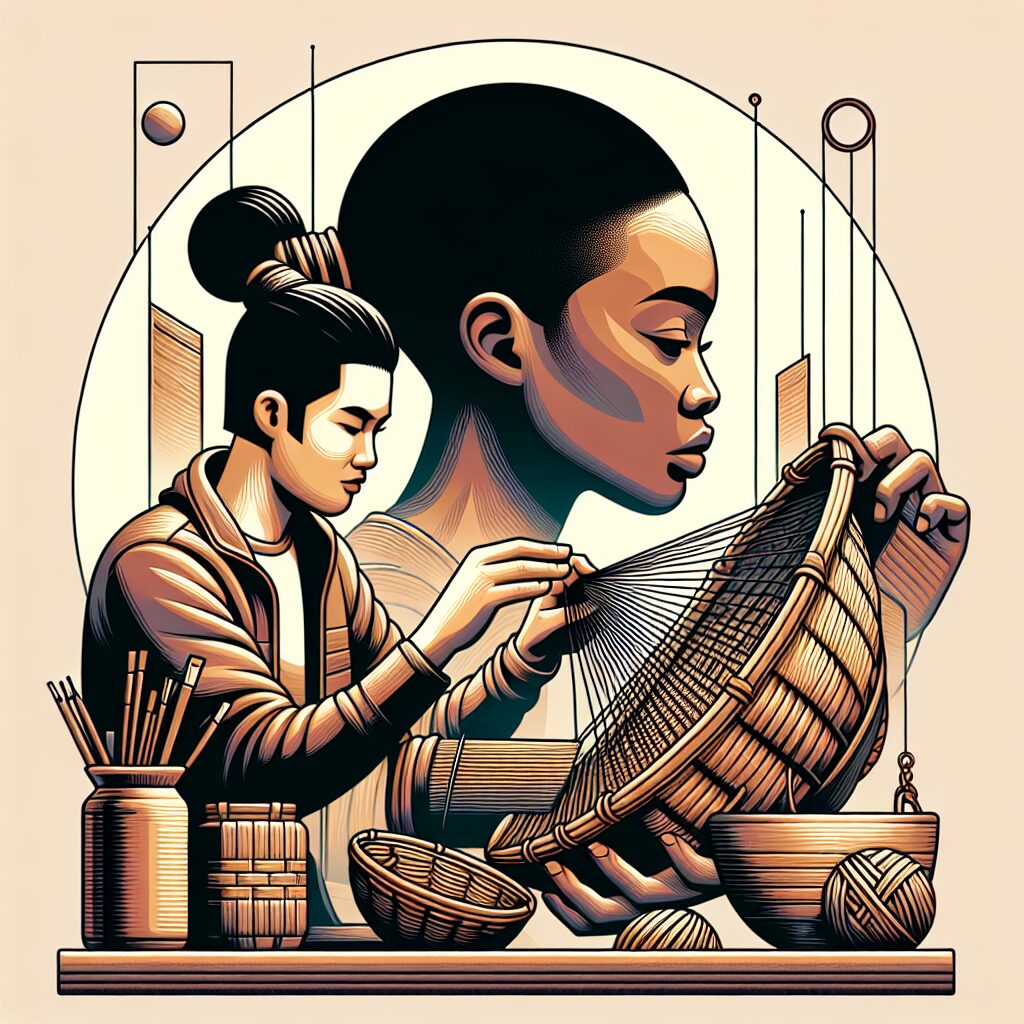
The Timeless Value of Basket Weaving in a Modern World

Why Basket Weaving Holds More Value Than You Think
Let’s face it: basket weaving might not be top of your list when you’re thinking about future job prospects. But if we take a moment to peek behind the curtain, we just might discover that this traditional craft is more relevant today than many would care to admit. Grab a cuppa, sit back, and let’s chat about why old-school skills are coming back in both fashion and importance.
Old Crafts, New Value: What’s Going On?
In a time when many shrug off crafts as relics of a bygone era, it’s surprising to learn just how basket weaving—and the artisanal crafts movement in general—is making a comeback. I recently stumbled upon an eye-opening piece in the Financial Times that shed light on some fascinating statistics. Did you know that the ranks of basket weavers plummeted from 14,000 in 1891 to a mere 200 today? Yet, intriguingly, that number is stabilising and possibly even on the rise.
So, why is this happening? Let’s dig in a bit deeper.
Authenticity Matters More Than Ever
First up, today’s consumers are seeking authenticity in everything they purchase. In a world saturated with mass-produced items, people crave a story behind their products. The handmade touch adds layers of meaning that simply can’t be replicated by machines. Whether it’s a woven basket or a hand-crafted piece of furniture, consumers are willing to invest in something that represents genuine craftsmanship.
Have you ever bought a handmade item? If so, you probably remember the experience as much as the product itself. That connection, that personal touch, adds tremendous value.
The Rise of Crafting as a Hobby
Second, it’s become evident that many are turning to crafts as an escape from the hustle and bustle of daily life. In a world increasingly dominated by screens, more and more people are yearning for that tactile experience. You know the one I’m talking about: getting your hands dirty, creating something tangible, and feeling the satisfaction of having made it yourself. AI might be revolutionising industries, but it can hardly replicate that visceral joy.
According to research, a significant number of adults are picking up crafting skills, from knitting to pottery, in search of creative fulfilment. And guess what? That’s leading to a flourishing market for craftspeople. As long as there is a desire for genuine human experience, craftsmanship will have a place.
Technology and Tradition: A Harmonious Blend
Now, let’s talk about the elephant in the room: AI. You might think that advancements in technology would lead to diminished interest in traditional crafts, but in many ways, it’s the opposite. The more technology takes over routine tasks, the more people seem to yearn for what’s real and human. Craftsmanship and emerging tech aren’t mutually exclusive; they can coexist beautifully.
But this raises a contemplative question as we await a White Paper addressing the current job market: Will it discuss the importance of merging human skills with groundbreaking tech, or will it gloss over the significant value of craftsmanship altogether?
Looking Ahead: What Does the Future Hold?
Craftsmanship isn’t just surviving; it’s thriving in its own unique way. As we move forward, the role of traditional skills will only continue to gain importance. From enhancing our connection to culture and community to providing unique career opportunities, these age-old crafts are contributing to a refreshed sense of purpose in both individuals and industries.
So, what role do you believe that traditional skills will play in the evolving job market? Are you also seeing a shift in how we value the hands-on skills that shape our world? I’d love to hear your thoughts.
Let’s Continue the Conversation
As we navigate the future, let’s keep the dialogue alive about the intersection of craftsmanship and technology. After all, the heart of innovation often lies in the wisdom of the past. If next time you see a beautifully woven basket, think about the story and the skill that went into making it. Perhaps there’s a lesson in there for all of us.
Cheers to a brighter future where traditional skills can thrive alongside new technologies!



